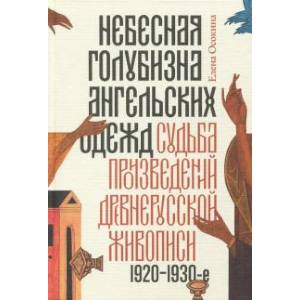Heavenly blue of angelic clothes: the fate of works of ancient Russian painting, 1920-1930s
Please sign in so that we can notify you about a reply
Elena Osokina’s book is, without exaggeration, an intellectual detective. The Russian icon is the main character of this book - the center of attraction of the actions of the authorities, museum workers, merchants and buyers. One of the paradoxes of Soviet history is that the creators of the non -market planned economy became the founders of the world market of Russian icons. At the turn of the 1920-1930s, their efforts were collected by a colossal export icon fund, an amazed advertising campaign was organized-the first Soviet foreign exhibition, which in all the splendor introduced the world a new antique product, and also established connections with world antiques and the first sales of collections were carried out for collections line. The search for currency for industrialization turned into the development of world interest in the Russian icon. The book tells about the history of museums and people (fate reacted favorably to one of them, ruthlessly), about how the grand icon collection of the State Museum Fund was created and eliminated, who and how was selected for export, how many icons were given for sale Russian museums (Tretyakov Gallery, Historical, Russian ..), whether the icons were sold by fakes and whether the “Stalinist gulag of the icon painters” existed, as well as how they tried to sell an icon exhibition in the United States, and about the fate that the icons were waiting for the icon after the sale. The book is written on a huge material collected by the author in the archives of Russia, Europe and the USA
Author:
Author:Osokina Elena Aleksandrovna
Cover:
Cover:Hard
Category:
- Category:Arts & Photography
- Category:Reference books
Publication language:
Publication Language:Russian
Paper:
Paper:Offset
Age restrictions:
Age restrictions:16+
ISBN:
ISBN:978-5-4448-1258-7
No reviews found
